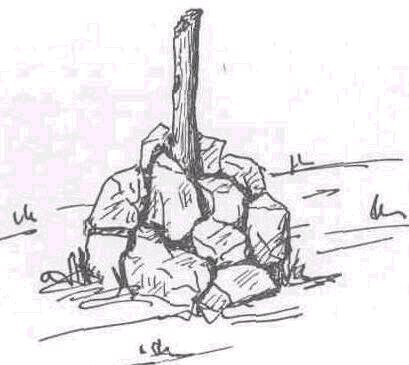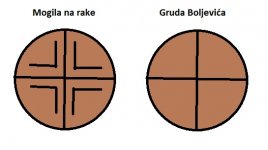oldeuropeanculture
Regular Member

There is an English nursery rime which says:
Sticks and stones will break my bones
But words will never harm me.
But people didn't always think this way. In the past when people swore or cursed at someone, they weren't just being rude. Every curse or a swear was a prayer to God(s) to do something bad to someone, because the person who was cursing or swaring could not do it himself.
In Serbian the word "klet" means "curse", the words "uklet", "proklet" mean "cursed", the verb "prokleti" means "to succeed in cursing someone".
What does all this have to do with the Irish the word "cleath" which means a goad, a wattle, pole, stake?
Well let me tell you a story:
Stoning is a form of capital punishment whereby a group throws stones at a person accused of a capital crime until he or she dies. But what happens if a capital crime is committed, but the perpetrator is not known or was not caught? Well in Serbia, and in other parts of the Balkans where we find Serbian population, he is symbolically stoned and cursed in a ceremony known as "Prokletija" meaning punishment through cursing and stoning a stick.
You can read more here:
http://oldeuropeanculture.blogspot.com/2015/08/prokletija-cursing-ceremony.html




